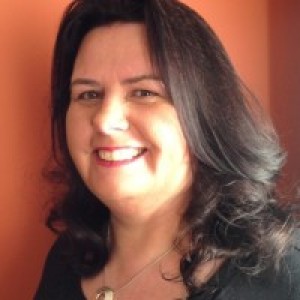- Video Library
- Mary McGovern Presents Adtec Healthcare at LSI Europe '23
Mary McGovern Presents Adtec Healthcare at LSI Europe '23

Mary McGovern
Experienced Managing Director in UK and Director of Japanese company with a demonstrated history of working in the semiconductor and medical device manufacturing industries. Founder of Adtec Healthcare. Skilled in Sales, Disruptive Innovation, business development in new markets & new regions , Customer Relationship Management (CRM), Strategic Partnerships, International Sales, and Management.
Mary McGovern
Experienced Managing Director in UK and Director of Japanese company with a demonstrated history of working in the semiconductor and medical device manufacturing industries. Founder of Adtec Healthcare. Skilled in Sales, Disruptive Innovation, business development in new markets & new regions , Customer Relationship Management (CRM), Strategic Partnerships, International Sales, and Management.

17011 Beach Blvd, Suite 500 Huntington Beach, CA 92647
714-847-3540© 2025 Life Science Intelligence, Inc., All Rights Reserved. | Privacy Policy







